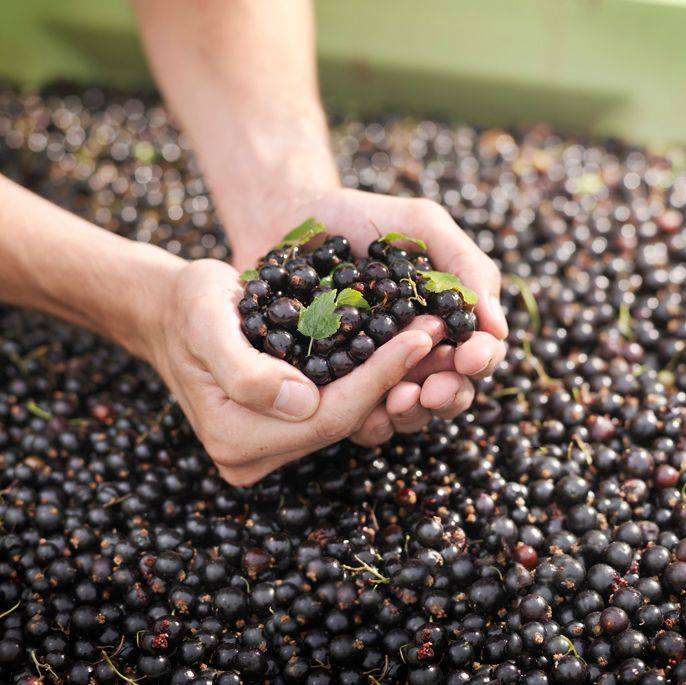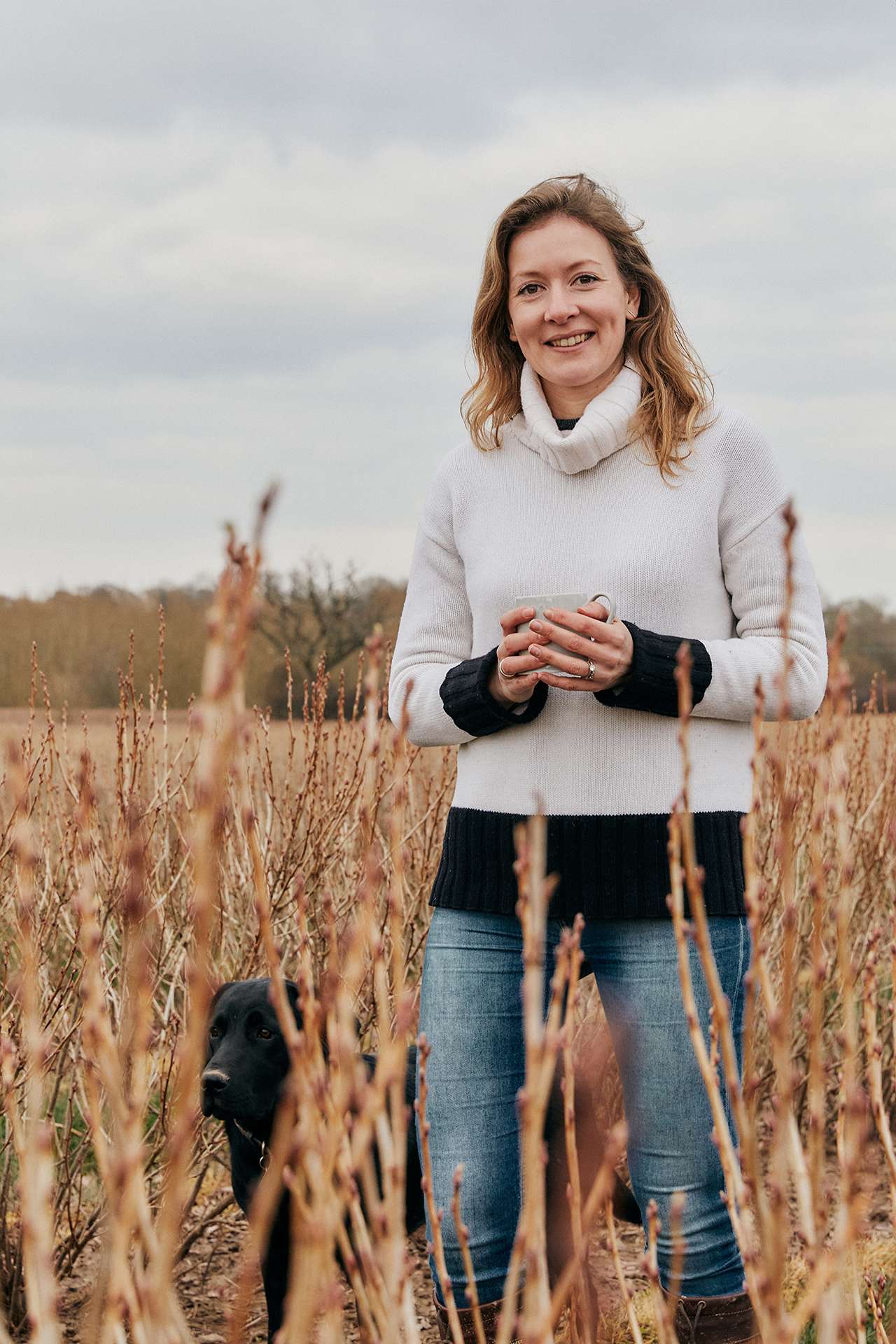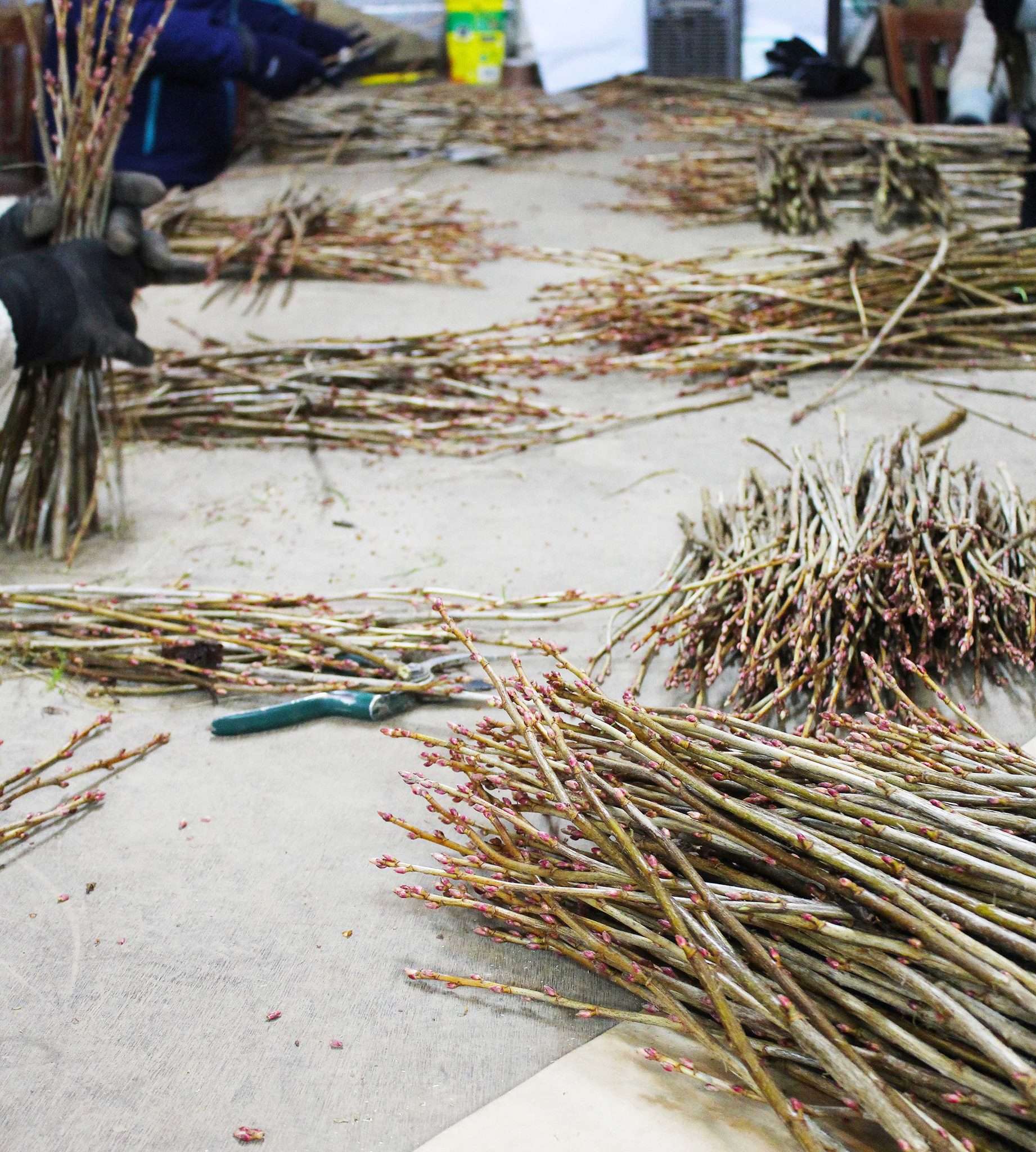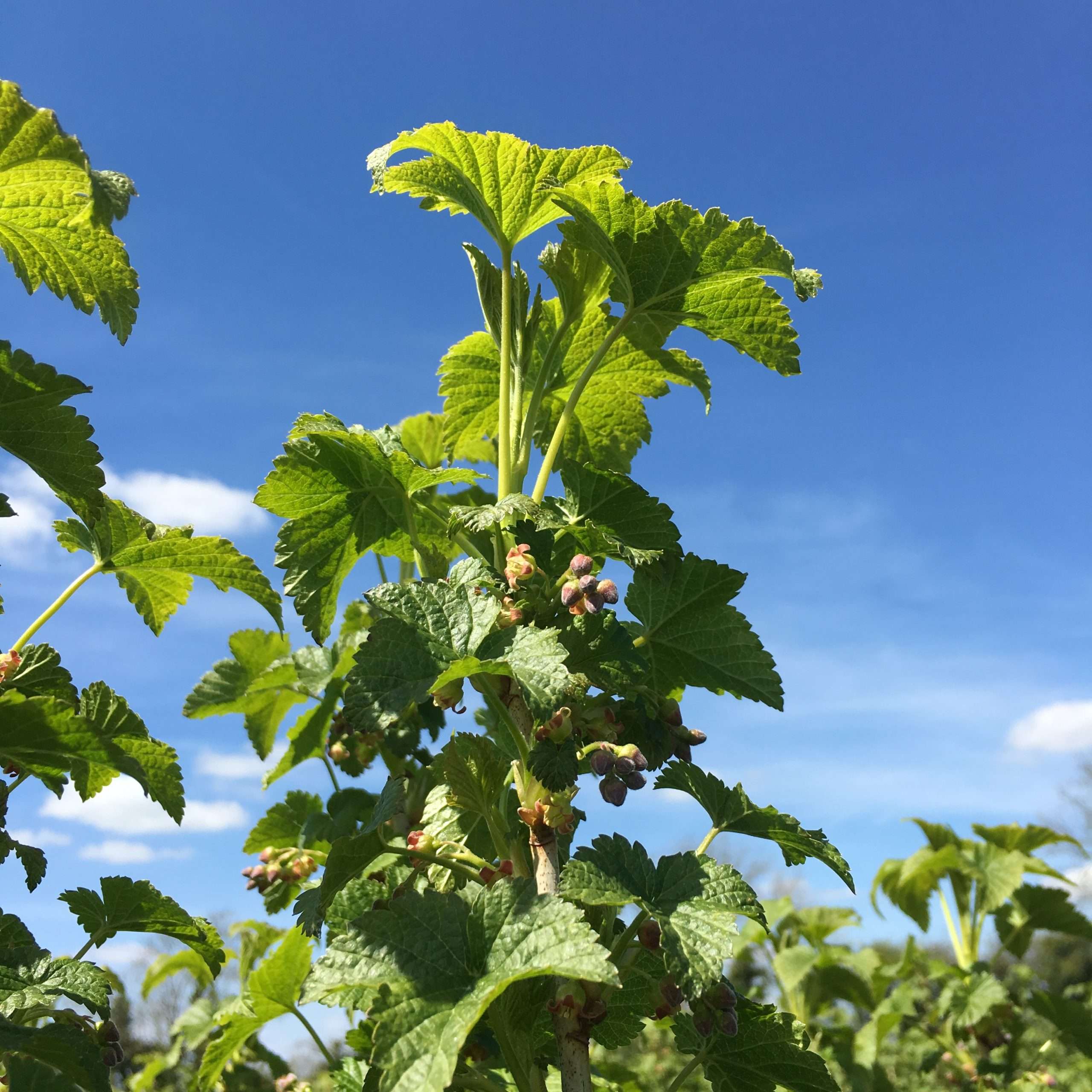Hi, I’m Rosie Begg and I am one of 35 growers producing British blackcurrants up and down the country, from Kent to Scotland. Today I’m going to share with you how we grow our tasty blackcurrants!
Planting begins in the early months of the year when our hardy little cuttings are planted by hand, it’s very cold work! It will be three years before we see fruit on these plants so we have to be very dedicated and patient.
As the warm spring weather arrives so does the green haze, this is when we see the first leaves on the blackcurrant bushes.
Whilst there is not much attention needed on the bushes themselves, our growers set to work in the field to encourage beneficial bugs, bees and birds to thrive. So we have lots of bird and bee boxes across the farm. Look at this lovely bee hotel!
As the long days of summer approach, we look forward to a blanket of colour on the field rows as our wildflowers turn their faces to the sunshine.
We have created a special mix of flowers that support our bee population as well as other essential beasties and natural predators who help bring us a rich and fruitful crop at harvest time.
Growing blackcurrants is a team effort and it is down to the farm team as well as our agronomists – they are farming scientists a bit like plant doctors that help us grow the best fruit!
The great British blackcurrant harvest is short, but of course sweet, and starts usually in early July and ends in August. Each year we harvest a staggering 10,000 tonnes of blackcurrants! Luckily we do not pick these by hand, instead we have a very clever harvester that does the hard work for us.
And that’s it, off our blackcurrants go, ready to be squished and squashed into your favourite drinks and desserts. If you’d like to find out more visit www.blackcurrantfoundation.co.uk
Explore
For more stories, videos and fun activities for children, head to our #LockdownLearning hub!








